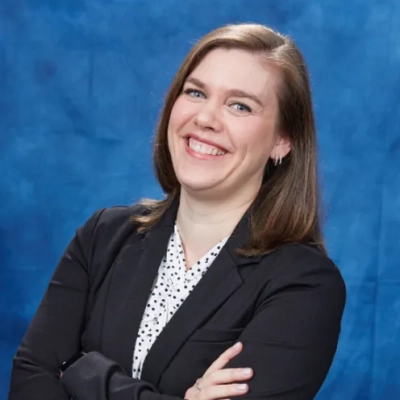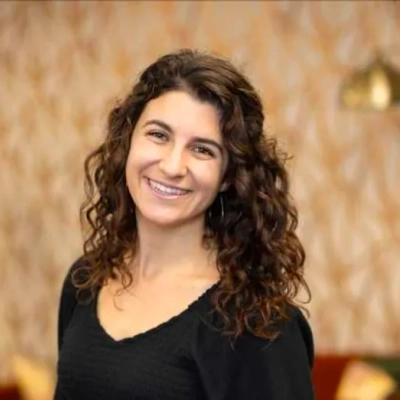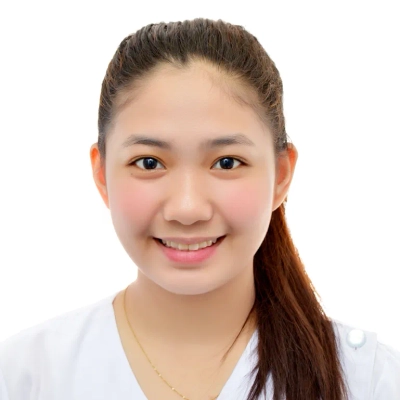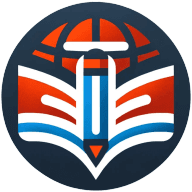10 Programs that Are Closing the Achievement Gap
Closing the achievement gap in education remains a critical challenge, but innovative programs are making significant strides. This article explores ten groundbreaking initiatives that are effectively addressing educational disparities across various communities. Drawing on insights from experts in the field, we'll delve into how these programs are transforming lives and reshaping the future of education.
- Peer Mentoring Bridges Achievement Gaps
- Personalized Literacy Programs Boost Reading Skills
- AI-Powered Differentiated Learning Pathways
- Individualized Plans and Communication Drive Success
- School-Based Health Clinics Improve Academic Performance
- Agile Learning Cycles Close Performance Gaps
- Property Education Empowers Underrepresented Communities
- Harlem Children's Zone Holistic Approach Works
- Summer Learning Academies Combat Achievement Slide
- Digital Fellowship Diversifies Journalism Industry
Peer Mentoring Bridges Achievement Gaps
One of the programs I'm most proud of at Legacy is something we started quite quietly: pairing up older students and graduates with kids who are falling behind, not just to tutor them, but to actually talk with them, listen to them, and be there for them.
You can look at it as more of a "Learning Bridge," but honestly, it's less about the name and more about what happens in those one-on-one moments. A student who's been told they're "bad at math" suddenly gets it, because someone their age took the time to explain it in a way that makes sense and because they believed in them. That changes everything.
I believe what makes it work is the fact that it's not about fancy tools or curriculum hacks. It's real people showing up for each other. Most of the mentors were once struggling students themselves. That shared experience creates trust. And trust, I've found, moves the needle more than any textbook ever could.
We've seen students close gaps that looked impossible just a semester before. But what sticks with me is hearing a parent say, "My kid actually likes learning again." That's the win. That's why we keep going.

Personalized Literacy Programs Boost Reading Skills
Early literacy programs have been the most effective in helping close the achievement gap in my experience. I worked with a program that paired struggling readers with trained volunteers for one-on-one sessions twice a week. We tracked reading levels and comprehension scores over six months, adjusting materials to each child's progress. What made it successful was the combination of personalized attention, consistent practice, and immediate feedback, rather than a one-size-fits-all curriculum. I noticed students who were initially reading below grade level gained confidence and caught up with peers faster than in traditional classroom settings. The key lesson I took from this initiative is that closing achievement gaps isn't just about content—it's about targeted support, regular measurement, and creating an environment where students feel safe to take risks and grow academically.

AI-Powered Differentiated Learning Pathways
I've implemented a program of targeted, differentiated learning pathways to close the achievement gap. I noticed that my students often had widely varying levels of background knowledge, so I built a series of AI workspaces with SchoolAI that guided students through content at their own pace and level. For example, a space I designed around analyzing historical documents would invite advanced students to dig into themes of bias and perspective, while offering scaffolds and guiding questions for students who needed more support.
This is effective because (1) students receive personalized learning experiences that meet them where they are without singling them out, and (2) SchoolAI's Mission Control dashboard helps me track patterns in my students' responses so I can celebrate growth and provide targeted interventions where needed. This combination of equity, personalization, and data-informed teaching creates an environment in my classroom where everyone can succeed and those below grade level aren't excluded.

Individualized Plans and Communication Drive Success
One initiative that has been especially effective in closing the achievement gap at Stemly Tutoring is our individualized learning plans for each student. Instead of following a one-size-fits-all model, our tutors and I take time to assess a student's current level, identify gaps, and then build a plan that targets their specific needs. We also share lesson notes with parents after every session so they can see progress and know which areas still need work. What makes this effective is the combination of personalization and consistent communication, which keeps students supported and parents engaged. Over time, we've seen students not only improve their academic performance but also grow more confident in their ability to learn and succeed.

School-Based Health Clinics Improve Academic Performance
One program that has shown measurable impact is the use of school-based health clinics in underserved districts. These clinics provide primary care, immunizations, and mental health support directly on campus, removing two of the largest barriers to learning: absenteeism from preventable illness and untreated emotional stress. Students who would otherwise miss class due to lack of transportation or limited access to care can receive treatment without leaving school. What makes the model effective is its integration into the academic environment. Teachers and health providers collaborate to identify students at risk, ensuring that health needs are addressed before they disrupt performance. Data from districts that adopted this approach revealed higher attendance rates and improved test scores over time, demonstrating how accessible care directly supports educational equity.

Agile Learning Cycles Close Performance Gaps
The most successful initiatives I've seen for closing any kind of achievement gap, whether in a classroom or a boardroom, share a common structure. They abandon the idea of a single, monolithic program and instead adopt short, iterative cycles with constant feedback. In business, we'd never wait six months to see if a strategy is working. We use agile sprints and weekly check-ins to adapt in real time. The same principle is what makes educational programs effective. This approach replaces high-stakes, infrequent judgment with low-stakes, continuous improvement. It allows a teacher or leader to see exactly where someone is struggling and adjust the approach immediately, not after a major failure on a test. This builds momentum and personal accountability. It shifts the focus from just delivering content to actively managing and closing performance gaps for each individual, which is the only way to make real progress.
Property Education Empowers Underrepresented Communities
One effective initiative is the expansion of property ownership education programs tailored for families who have historically lacked access to traditional homeownership pathways. In our region, many prospective buyers face language barriers, limited financial literacy, or difficulty navigating credit-based systems. To address this, Santa Cruz Properties launched workshops in both English and Spanish that explain land purchase agreements, financing alternatives, and long-term investment benefits in simple, accessible terms.
What makes the program effective is its combination of education and opportunity. Rather than simply providing information, we align these workshops with financing options that do not rely on high credit scores, giving families the ability to act on what they learn immediately. This integration of knowledge and practical application helps bridge the achievement gap in property ownership by giving underrepresented communities a real path to building equity and stability for future generations.

Harlem Children's Zone Holistic Approach Works
The Harlem Children's Zone in New York has demonstrated measurable progress in narrowing the achievement gap by addressing education as part of a larger ecosystem. Instead of focusing solely on classroom instruction, the program integrates early childhood education, after-school tutoring, college preparation, and family support services. What makes it effective is the continuity of care from birth through college, which reduces the disruption that often undermines long-term outcomes for low-income students. For example, children in the Baby College program start with parent coaching on literacy and health, then transition into high-quality charter schools with extended learning time.
Data from the initiative show higher test scores, improved graduation rates, and stronger college enrollment numbers compared to peers outside the program. Its effectiveness lies in recognizing that academic success cannot be isolated from health, family stability, and community resources, and in building a pipeline that supports all of them together.

Summer Learning Academies Combat Achievement Slide
One program that has shown measurable impact is targeted summer learning academies designed for students who are performing below grade level. Unlike traditional remedial courses, these academies blend academic instruction with enrichment activities such as arts, sports, and technology workshops. This approach keeps students engaged while addressing core subjects like reading and math. The effectiveness lies in two factors: maintaining continuity of learning during the long break and framing academic work in a context that feels rewarding rather than punitive. In districts where these academies have been implemented, reading proficiency gains of two to three months have been recorded, essentially offsetting the typical "summer slide." The integration of skilled teachers, small class sizes, and family involvement further strengthens outcomes, making it a practical model for narrowing the achievement gap.

Digital Fellowship Diversifies Journalism Industry
"Youth Voices Digital Journalism Fellowship"
One successful initiative that helps close the achievement gap in journalism is a digital fellowship program for underrepresented young reporters. Through platforms like Digital News, the program provides free online training, mentorship from experienced journalists, and publishing opportunities to students who might not have access to professional networks or expensive journalism schools.
What makes it effective:
Access Without Barriers - All training is conducted online, making it accessible regardless of location or financial background.
Hands-on Experience - Fellows publish real articles on Digital News, building credible portfolios that help them compete for professional opportunities.
Mentorship - Participants are paired with experienced journalists who guide them on investigative techniques, ethical reporting, and impactful storytelling.
Community Impact - The fellowship encourages stories that reflect local issues and voices, ensuring news coverage is more inclusive and relevant.
Career Pathways - Graduates often secure internships or staff positions in media outlets, directly narrowing the gap between privileged and underserved aspiring journalists.
By combining skills training, professional exposure, and mentorship, Digital News creates a bridge for emerging journalists to join the industry on equal footing, ultimately strengthening diverse representation in media.



